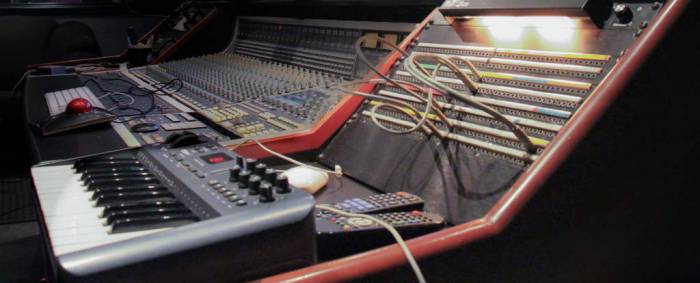**This is an old revision of the document!**
JACK
You should install JACK if you intend to use audio or video creation applications on Linux, although depending on how you work, you may never use it.
If you have any experience with traditional professional audio hardware (synthesizers, effects, mixers) or even professional networking gear (routers, switches, vlans), then you are accustomed to the notion that signals must be routed from one place, through a filter of some sort, to a target, and then perhaps through another filter, and then a final destination.

JACK is an application that, once started, runs in the background and enables the user to freely route audio from any application to any other application. It is a system-wide implementation of what other audio applications can only do internally, and is one of the true “killer” features of Linux audio.
Do You Need JACK?
JACK is inarguably powerful, but it also may be overkill. Depending on what applications you want to use, you may or may not ever need JACK. It's not a bad thing to have available and isn't terribly big, so it is a recommended application for a Slackermedia system, but whether or not you use it daily or just once a year depends on what you do with your computer.
In summary, it doesn't hurt to learn JACK, but it's also not necessarily required. There are three varieties of audio applications on Linux:
- Those that are not designed to use JACK (ie, it has not been programmed to use be “JACK-aware”, but being open source, there are hacks around that). These are usually the “normal” consumer apps, such as web browsers, media players, games, and so on).
- Those in which JACK is optional. This can include consumer apps as well as pro audio applications that are designed to be self-contained.
- Those that require JACK in order to run. These include many professional-level audio and video applications (although not all).
You should install JACK if you intend to use audio or video creation applications on Linux. So that you can get the most out of Linux as your creative suite, this section of the Slackermedia handbook will teach you the basics of using JACK.
JACK Versions
There are two concurrently supported versions of JACK: Jack version 1 (numbered as Jack 0.x) and Jack version 2 (numbered as 1.x, and marked as Jack2 on SlackBuilds.org). They are interchangeable and both basically do the same thing, but Jack2 includes significant additional features such as true multi-processor support, hot-pluggable application interaction, and network support (useful for integrating your Linux system with a hardware mixer, for example).
If you want to mix between more than one sound card through JACK, then you must use Jack(1). Jack2 does not support multiple soundcard inputs.

